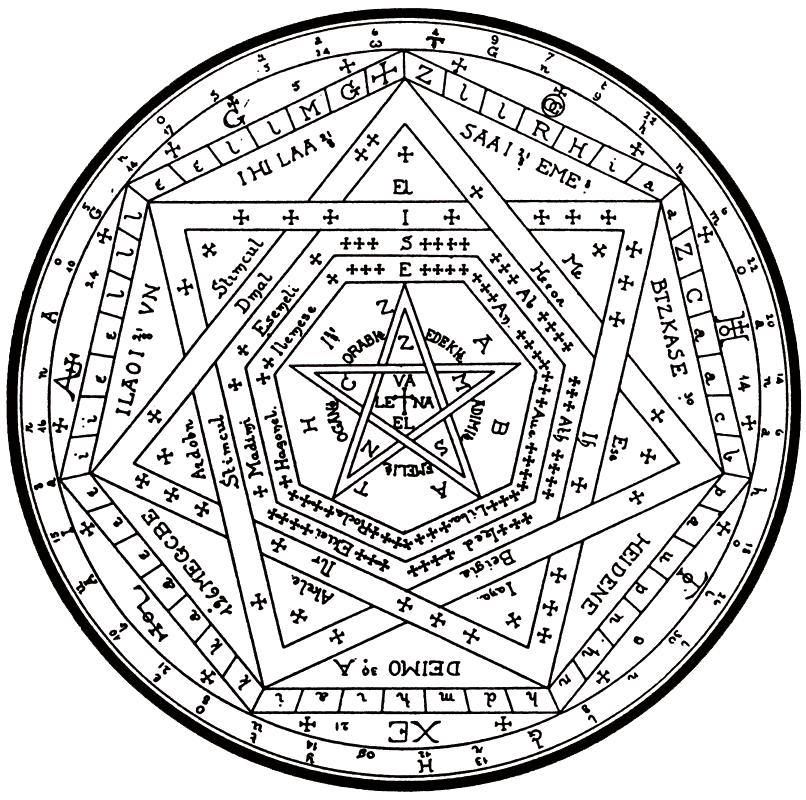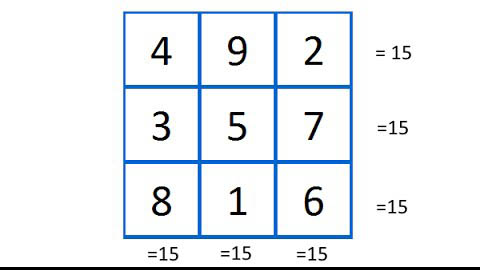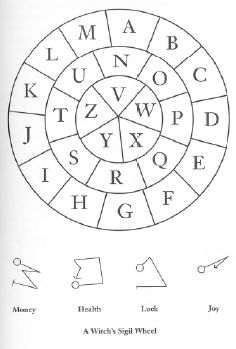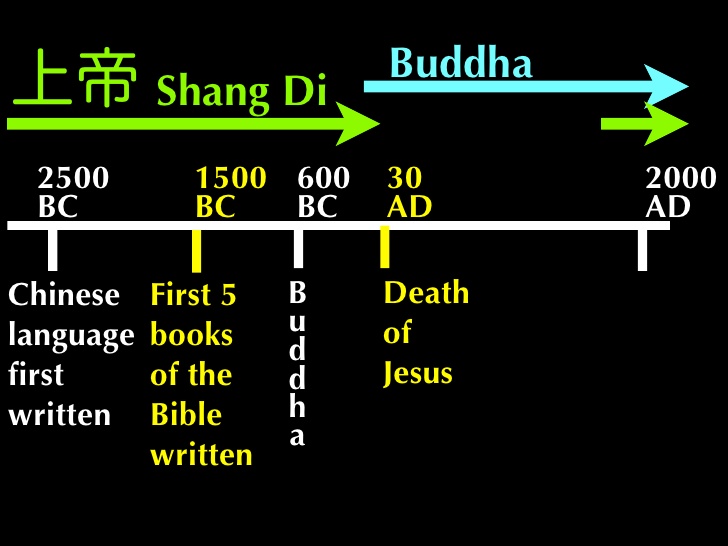 |
 |
RESTORED: 2/28/22
It is not hard to see why the elite want to silence all who oppose them. Infact, they are doing their best to silence all of us. That is the real reason for the masks, to muzzle the masses. One mask has not been doing the trick. Yes, it makes it hard to speak and harder to be heard…but it does not silence us completely. So they tried two, and now they want to demand THREE masks. Mandated Triple masking regardless of the state of your health. Breathing will not only be nearly impossible, it will be deadly. That should silence us completely…lol
They know that there is POWER in what comes out of our mouth. Remember that GOD SPOKE the WORLD into existence. There is life giving power not only in our words but in our very breath. Remember that GOD BREATHED life in into Adam.
The object of this post is to show how language plays a power role in our lives. There is very real spiritual power in the words we read, write and speak.
Do you remember the phrase “So let it be written, so let it be done”. The phrase came about in the 1956 film “The Ten Commandments” when it was said by the pharaoh Ramses II. The intent “My command shall be recorded and done, as I command. No matter what.”
That is the reason GOD WROTE his Ten Commandments in STONE. A PERMANENT record of HIS COMMANDS, to be done no matter what.
“Write the vision, and make it plain upon tables, that he may run that readeth it. For the vision is yet for an appointed time, but at the end it shall speak, and not lie: though it tarry, wait for it; because it will surely come, it will not tarry. Behold, his soul which is lifted up is not upright in him: but the just shall live by his faith.” Habakkuk 2:2-4
WORDS have power, in any form. Spoken, written, sung, whispered; even the words we only form in our minds, that are never given breath. Why? Because GOD knows our thoughts before we even think them.
The masks are meant to “shut us up” to silence us. Why? Because they are in the implementation stage of their vision. They know that our words can affect their magick. We can destroy them with the words of our mouths. By the time your reach the end of this post… I pray that you believe that.
If we look at the Pictographic Hebrew which was the first Hebrew Alphabet we find some clear evidence of the power we wield with our mouth.
Pey p
 |
|
Mouth, word, speak, edge, sword, scatter, blow, things with edges

the Seventeenth Letter of the Hebrew Alphabet is the Pey “פ “The pey “פ” in ancient Hebrew has a letter sound of a “P” and a soft sound of “F.” and corresponds to our letter P. In order to determine which sound is appropriate in modern times, after the Hebrew was voweled, a small dot called a dagesh is placed in the letter to indicate the hardening or change of sound. A pey with a dagesh has the letter sound of “P,” without the dagesh the sound is softened to a “F” sound.
The pictograph is the mouth and represents something that is open. There is no English word from this letter but can represent a “pit” as it is an open hole.
The word picture for the pey is a mouth, or even a side view of a head with the mouth open, or opening, or to speak, or a river’s beginning, as in headwaters (this explains why the headwaters are spiritually significant geographic locations.). There are five Hebrew letters that have a final or “sofit” form when they appear at the end of a word and are written differently. The other four are noon, tsaddik, mem and koof.
Picture: Mouth
Associations: pit
Sound: p
Ancient Name: Pey
Modern Name: Pey
Modern Form: ף פ
Meaning: Open, Blow, Scatter, Edge
The Hebrew word for beautiful is יפה ya-feh. A word picture for ya-feh can show something revealed in a spoken deed can be beautiful. The Hebrew word for miracle, something wonderful, is פלה pe-le with a dagesh in the pey has the letter sound of “P,” and a word picture of the mouth or speaking, and a lamed ל with a letter sound of “L” and a word picture of someone in front or teaching, and an alef which is a silent letter, and a word picture of strength or leading. When these are put together the Hebrew word pe-le has a word picture of someone teaching, or learning from the spoken word, or something spoken is important or wonderful, i.e., a miracle (as in sharing the GOOD NEWS! and the hearing receiving the MIRACLE OF SALVATION/REDEMPTION/NEW LIFE!)
The Semitic word pey means a “mouth” and there are several ancient Semitic pictographs believed to be this letter, none of which resemble a mouth. The only exception is the South Arabian pictograph . This pictograph closely resembles a mouth and is similar to the later Semitic letters for the letter pey.
This pictograph has the meanings of “speak” and “blow” from the functions of the mouth. This letter also means “edge” as the lips are at the edge of the mouth.
There are two sounds for this letter, the stop “P” and the spirant “Ph” (f).
The early Semitic evolved to the letter in the middle Semitic scripts.
Shin s
Teeth, eat, consume, destroy, bite, two, change, divide, press, repeat
Sheen “ש” is the twenty-first letter of the Hebrew Alphabet.
corresponds to our letter S When written with a small dot on the upper right side it is pronounced with an “SH” sound and when written with a small dot on the left side it becomes a seen with a letter sound of “S” the word picture is the same for a sheen or a seen, a tooth, destruction and sometimes fire or something that destroys.
The picture is the two front teeth. The whiteness of the teeth “shine”.
Picture: Teeth
Associations: Shine
|
Sound: sh
Ancient Name: Shin
Modern Name: Shin
Modern Form: ש
Meaning: Sharp, Press, Eat, Two
The Hebrew word “שר” sar means a prince, warrior or leader and is spelled with a seen ”ש” and a letter sound of a “S” and a word picture of destruction/destroy, or devourer, followed by a reysh “ר” with a letter sound of a guttural R and a word picture of a head, leader or person. When put together “ “שר sar has a word picture of a leader, a prince that destroys …whatever, such as the enemy.
The Hebrew word for peace is shalom, it is spelled “שלומ” with a sheen “ש” and a letter sound of “SH” and a word picture of destruction/destroy, followed by a lamed “ל” with a word picture of strong authority or a cattle goad, something that causes something to move, followed by a vav “ו” with a holem or dot above it. It becomes the vowel sound of a long “O” and a word picture of a nail or a hook to secure something, followed by a mem “מ” and a letter sound of “M” and a word picture of chaos. When these Hebrew letters are put together שלומ has a word picture of destroying the authority that binds or holds chaos together.
The Ancient picture for this letter is , a picture of the two front teeth. This letter has the meanings of “teeth,” “sharp” and “press” (from the function of the teeth when chewing). It also has the meaning of “two,” “again” and “both.”
The Modern Hebrew name for this letter is shin, a Hebrew word meaning tooth. Hebrew and Arabic agree that the sound for this letter is “sh.”
The early pictograph evolved into in the Middle Semitic script and continued to evolve into in the Late Semitic Script.
From the middle Semitic script is derived the Modern Hebrew ש.
The Middle Semitic script is also the origin of the Greek letter Σ and the Latin S
Remember:
“Death and life are in the power of the tongue: and they that love it shall eat the fruit thereof.” Proverbs 18:21
Today’s world is racing toward the New World Order, which will become the Reign of the AntiChrist. This is actually a recreation of the Reign of Nimrod and the Tower of Babel. To bring this work to fruition they had to bring us back to communicating with each other. Many believe that is accomplished in the WorldWideWeb, but I believe that was just a vehicle for transition. I believe they will bring us to one language. They are arguing now over which language that will be.
You should know that there was ONE language in the beginning, a language that GOD gave. That man began almost immediately to pervert and pollute it. Not surprising, that is what humans who reject GOD have done with everything from the beginning.
THE WORD ‘MAN’ WAS ORIGINALLY GENDER NEUTRAL
 Today I found out that the word ‘man’ was originally gender neutral, meaning more or less the same as the modern day word “person”. It wasn’t until about a thousand years ago that the word “man” started to refer to a male and it wasn’t until the late 20th century that it was almost exclusively used to refer to males.
Today I found out that the word ‘man’ was originally gender neutral, meaning more or less the same as the modern day word “person”. It wasn’t until about a thousand years ago that the word “man” started to refer to a male and it wasn’t until the late 20th century that it was almost exclusively used to refer to males.
Before “man” meant a male, the word “wer” or “wǣpmann” was commonly used to refer to “male human”. This word almost completely died out around the 1300s, but survives somewhat in words like “werewolf”, which literally means “man wolf”.
Women at the time were referred to as “wif” or “wīfmann“, meaning “female human”. The latter “wifmann”, eventually evolved into the word “woman”, but retained its original meaning. The word “wif” itself eventually evolved into “wife”, with its meaning obviously being changed slightly.
Interestingly, the word ‘men’, meaning “to think” or “to have a cognitive mind”, was also gender neutral and connected to “man”, which meant “the thinker”. So we can see from that how “man” originally referred to all humans.
Largely due to the stigma that using the word “man” meaning “humans” is supposedly sexist, despite its original meaning, the use of the word “man” in that fashion has all but disappeared in the last 50-100 years, with it now only showing up in words like “human” and “mankind” as referring to both male and female. Even those instances still garners quite a bit of controversy in terms of being thought of as sexist, despite these words predating the point when “man” meant “male” only.
One interesting convention that was thought up in the early 1900s to deal with this issue of “man” coming to mean both male and female and also sometimes meaning males exclusively is, in literature, to do the following: when referring to humans, “man” should be capitalized as in “Man”; when referring to “man” as in “male”, it is to be left lower case. This convention was used in such literary works as “The Lord of the Rings” and was a key point in the prophecy concerning the Witch-king of Angmar: “no man can kill me”, meaning that according to the prophecy a woman, Eowyn, could because “man” in the prophecy was not capitalized.
spacer
The Language of the Elite, the Language of the Many
How the dominance of English affects the ways other cultures see each other.
Late last January, while Ukrainian activists occupied government buildings across the country and citizens clashed with police among the tire fires in Kiev, opposition leader Arseniy Yatsenyuk logged on to Twitter to respond to a conciliatory offer from the President:
As the authors of a recent Carnegie Reporter article explain, the tweet was notable for a number of reasons. First, because Yatsenyuk, in the midst of tense negotiations, decided to log on to social media at all—“perhaps the first high-stakes Twitter negotiation to occur during a period of civil uprising.” And second, because despite the fact that 95 percent of Yatsenyuk’s tweets are in Ukrainian, this time he decided to use English.
English has long been the language of global protest. Though hand-painted signs held up to CNN cameras have been supplanted by carefully crafted hashtags, an English-language message remains the best way for a movement to reach the international community. English is also, of course, the language of finance and advertising, science and tourism, of artists who want to reach mass audiences and sports stars who want to become global brands. Say it in English and you increase your odds of being heard.
There is no one way to measure the global influence of a language. While past researchers have created various formulas that gauge a language’s reach through some combination of population and wealth, a recent study published in Proceedings of the National Academy of Sciences argues that a language’s power doesn’t come from the sheer number of people who speak it, but from who those people are. A large, wealthy population talking amongst themselves in a single geographic region is not the same as a large wealthy population with connections across the globe. Latin wasn’t a pan-European language because it was the mother tongue of vast numbers of German peasants and French farmers, but because it was the language of the elite—the empire and the church, scholars and artists.
According to the MIT researchers behind the study, a language’s influence is the result of the connections its speakers have to other languages. While ideas fly around the Internet in an instant, language remains a barrier. A great Portuguese poet will have a harder time getting her words around the world than a mediocre English writer. The one way to break out of your language silo and into the global conversation is through multilingual individuals. A language becomes influential when it is at the centre of a network.
The MIT researchers created models of three “global language networks”: book translations (mapping which languages were most commonly connected), edits to different language versions of Wikipedia (someone who edits in both Russian and French represents another possible hub of communication), and multilingual Tweeters. The result is a series of fascinating visualizations that map the paths of communication, the direct and indirect routes by which written ideas can be propagated around the world. Write “Je Suis Charlie” in French and your message will be easily translated into Arabic or Afrikaans. Write a political statement in Basque, however, and your words will likely travel a more circuitous route, from Basque to Spanish, then to English, and finally off to Urdu and Japanese.
Unsurprisingly, the results show that for each of the three networks, English is the central hub surrounded by a number of smaller language clusters (you can see the visualizations here). Languages such as Chinese, Hindi, and Arabic—while spoken by huge populations and well-connected to regional languages—are still surprisingly peripheral. The fact that relatively few books are translated into and out of Arabic, for example, means that the language does not have the global influence you would expect. If you are looking to learn a second language and are eager to spread your ideas around the world, the study suggests, it might make more sense to learn Spanish than Mandarin.
Beyond creating a new way of thinking about influence, the researchers’ visualizations make it clear just how much power a dominant language yields. Being the hub of global communication means entire swaths of the world will only see the novelists English speakers bother to translate, the dissidents Anglophones care to interview. Just hours after Yatsenyuk defiantly took to Twitter, the New York Times ran a story that quoted his tweet. Around the world, people who spoke Egyptian Arabic or Thai followed the story mediated by English speakers, with all of the usual biases and blind spots that come with that. Today, the facts on the Urdu Wikipedia page for the Ukrainian protests most likely passed through English-speaking reporters.
“The elites of global languages have a disproportionate amount of power and responsibility,” César Hidalgo, one of the study’s authors, told Science. “They are tacitly shaping the way in which distant cultures see each other—even if this is not their goal.”


































































 YHVH in Paleo
YHVH in Paleo




